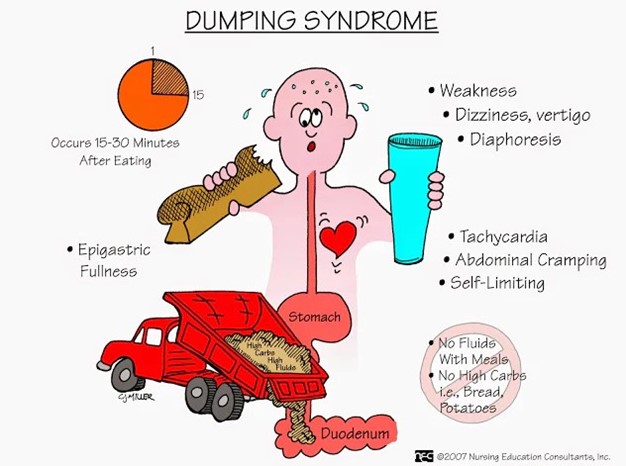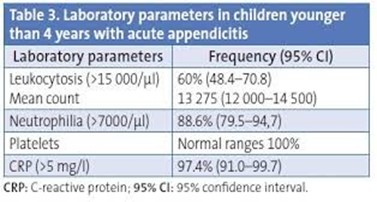A patient has been treated for lung cancer for 3 years. Over the past few months, the patient has noticed that the opioid analgesic is not helping as much as it had previously and more medication is needed for the same pain relief. The nurse is aware that this patient is experiencing which of these?
Opioid abstinence syndrome
Opioid tolerance
Opioid toxicity
Opioid addiction
The Correct Answer is B
Opioid tolerance occurs when the body becomes less responsive to the effects of opioids over time. This means that higher doses of the medication are needed to achieve the same level of pain relief that was previously achieved with lower doses. Opioid tolerance is a common phenomenon in long-term opioid therapy and can occur in patients who have been using opioids for an extended period.
Opioid abstinence syndrome, also known as opioid withdrawal, refers to the set of symptoms that occur when a person abruptly stops or reduces their use of opioids after developing physical dependence.
Opioid toxicity refers to the harmful effects that occur when an individual takes an excessive dose of opioids, leading to potentially life-threatening complications. It is characterized by symptoms such as respiratory depression, sedation, pinpoint pupils, and decreased level of consciousness.
Opioid addiction is a complex condition characterized by compulsive drug-seeking behavior, loss of control over opioid use, and continued use despite negative consequences.
Nursing Test Bank
Naxlex Comprehensive Predictor Exams
Related Questions
Correct Answer is B
Explanation
Dumping syndrome is a common complication after Gastric Bypass surgery, where food moves too quickly from the stomach to the small intestine. It occurs when the undigested contents of the stomach are "dumped" rapidly into the small intestine, leading to symptoms such as nausea, vomiting, abdominal cramps, diarrhea, lightheadedness, and sweating.
To manage dumping syndrome, it is important for the client to avoid foods and beverages that are high in sugar and carbohydrates. Consuming these types of foods can trigger rapid gastric emptying and exacerbate the symptoms. Instead, the client should focus on a well-balanced diet that includes lean proteins, healthy fats, and complex carbohydrates.

Correct Answer is B
Explanation
In a child with acute appendicitis, it is common to observe an elevated white blood cell count (WBC) as a response to the infection or inflammation associated with the condition. The neutrophil count may be within the lower end of the normal range or slightly decreased, as it can be affected by the severity and duration of the appendicitis. The red blood cell count (RBC) appears to be within the normal range. The lactic acid level is normal, indicating no significant metabolic acidosis.

Whether you are a student looking to ace your exams or a practicing nurse seeking to enhance your expertise , our nursing education contents will empower you with the confidence and competence to make a difference in the lives of patients and become a respected leader in the healthcare field.
Visit Naxlex, invest in your future and unlock endless possibilities with our unparalleled nursing education contents today
Report Wrong Answer on the Current Question
Do you disagree with the answer? If yes, what is your expected answer? Explain.
Kindly be descriptive with the issue you are facing.
